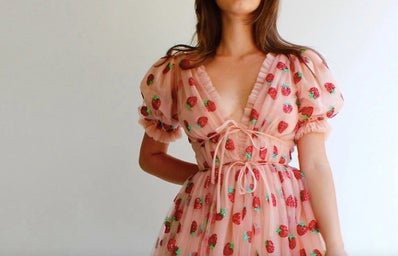Last semester, I was assigned a research paper for my history class discussing a marginalized group during the 19th century. I decided to settle on women in America, and thought that I would discuss how corsets was oppressive and sexist. After doing some digging, I quickly learned that it just wasn’t the truth.
Let’s start with the history of corsets. Before the 19th century, women wore what were called “a pair of stays”. A pair of stays worked much like a snug shirt, as it was only open in the front, and laced up to the woman’s preference. Stays were essentially the bra of the time as they supported the bust and actually provided back support from the heavy layers of skirts women would wear. Stays were also important for another reason. From the 1700s and before, women’s blouses didn’t have buttons or clasps. They were pinned to the stays, instead, so that the blouse could better fit a woman through many different stages of life.

Fast forward to around 1820, the world saw a turn to Romanticism, which put heavy emphasis on idealism and often focused on “the beauty of nature” in the arts. This is when we first see the corset. A corset and a pair of stays are incredibly similar, with only a few design tweaks. A corset had hooks and loops in the front, and was laced up in the back, so one didn’t have to lace and unlace the whole corset every day. Corset could have shoulder straps or be strapless, but they functioned in the exact same way that a pair of stays did, with support for the bust and the back, and helped clothing fit right.
The idea that women would wear a corset to change their waistline comes from the idea of tightlacing, when someone would tighten a corset as much as they could stand. Tightlacing was dangerous, looked down upon, and doctors were requesting that women stop doing it because it wasn’t healthy.
Here’s another thing that I learned that shocked me: every. Single. Woman. Wore. A. corset. Yes, if they were working all day. Yes, if they were poor. Even pregnant women would wear a modified corset. Every woman wore a corset. Suffragettes wore corsets. Corsets, if used properly, were not only essential, but healthy and comfortable to wear.

Going into this research project, I had experienced the modern medical equivalent of tightlacing a corset. When I was thirteen, I had to wear a back brace for a year after being diagnosed with scoliosis. The back brace pushed my spine into alignment and ended up restricting my breathing. Even then, it wasn’t as bad or uncomfortable as you would think it is. I could still move around easily.
I’m not sure who came up with the idea that corsets were oppressive, but in actuality, they were normal, comfortable, and necessary for all women during the 19th century.

